True story. I was sitting with my wife recently, eating dinner at a restaurant and got into a conversation about the thermostat and what was the ideal temperature to put it on and she said 72 degrees, and she said it like I was the only one in the world that did not know that. Duh.
Who came up with 72 degrees? Why am I just now hearing this?
As it turns out that 72 degrees is a very popular belief about thermostats. It is widely believed that 72 degrees on the thermostat is setting that it is the most comfortable.
But when it comes to the heating and air system in your home, comfort, unfortunately, is not the only thing you have to consider.
Controlling the climate in your home is also the most expensive thing on your energy bill you have to think about.
Is it better to keep your thermostat at a constant temperature?
A thermostat is a contentious object in my house.
Another true story. This past cold season, I got home one day to a sweltering house only to find my teenage daughter running around in shorts and flip flops in the middle of winter. She has cranked the thermostat up because she got cold.
Really?
At that point, I told the kids if they are not allowed to touch the thermostat!
So keeping the thermostat at a constant temperature in my house is necessary to avoid fluctuations in temperature based on any one of my teenage kids whims.
But even though socially it might make sense,
cost-wise, leaving the thermostat set at the same temperature all the time just means wasted energy and a higher energy bill.
Turning the thermostat up or down ( depending on the season) when you go to bed will help save money and you don’t need the temperature to remain as cool or warm when you are asleep.
Another example is during the day when everyone is at work or school,
adjusting the thermostat either down in Winter or up in summer a few degrees will help you save money on your electric bill as well.
Another reason I don’t let no one touch the thermostat is that they go way overboard. They get a little cold and they turn it up five degrees, or they get a little hot and they turn it way down.
But the heat and AC will not work any faster because you turn it way up or down.
It will only cause the machine to keep running longer do you realize you made it too hot or cold.
A big waste of energy.
Why all 72 may be a popular temperature to keep the house it is also not really the best.
What is a reasonable temperature for the house in winter?
68 is the recommended temperature to set the thermostat on in winter. It is basically the temperature that takes the average of comfortability and cost.
For many people, 68 may be too cold. Regardless, there is no hard rule about it. And no significant change in the energy bill if you raise or lower it.
The ideal is that you keep it as low as you can and still feel comfortable so that you can keep your energy bill down.
 What temperature to set the thermostat on in winter when away?
What temperature to set the thermostat on in winter when away?
If you’re away for a normal 8-hour workday, setting the temperature on the thermostat to 62 is a great way to reduce your energy consumption and lower your energy bill.
If you’re going away on vacation you should not set your thermostat below 55 degrees.
Why? Frozen pipes. Anything lower puts you at risk of coming home from your vacation to cracked and leaking pipes.
What temperature is too cold for the house?
Once the cold weather hits, you can no longer worry just about your own comfort and the cost of your energy bill, you have to store considering what is too cold for your plumbing. Water freezing inside of your pipes is a problem that no one wants to have to deal with.
According to the Energy company, 55 degrees is the lowest you want to set your thermostat in winter to avoid cracked pipes and damage to the air handler.
is 72 a good temperature for air conditioning?
72 degrees is a comfortable temperature but one that will cause your energy bill to be higher.
78 degrees is the temperature that is recommended for your thermostat in the summer.
78 degrees is optimal to maintain comfort and a lower energy bill. But it is unlikely to be the temperature of choice.
But the point is to raise your thermostat to a point that it is comfortable enough and doesn’t kill your electricity bill.
The best temperature for sleeping in summer.
Turning your thermostat up at night and using a fan or open window can save you a significant amount over the summer on your energy bill.
By setting your thermostat to 78 or even 80° at night, you should see a markable difference.
Though obviously these rules are just guidelines and not everyone is going to have the same Climate or experience.
But if you’re interested in saving money on your electricity bill and remaining comfortable then hopefully you can get some use from these suggestions.

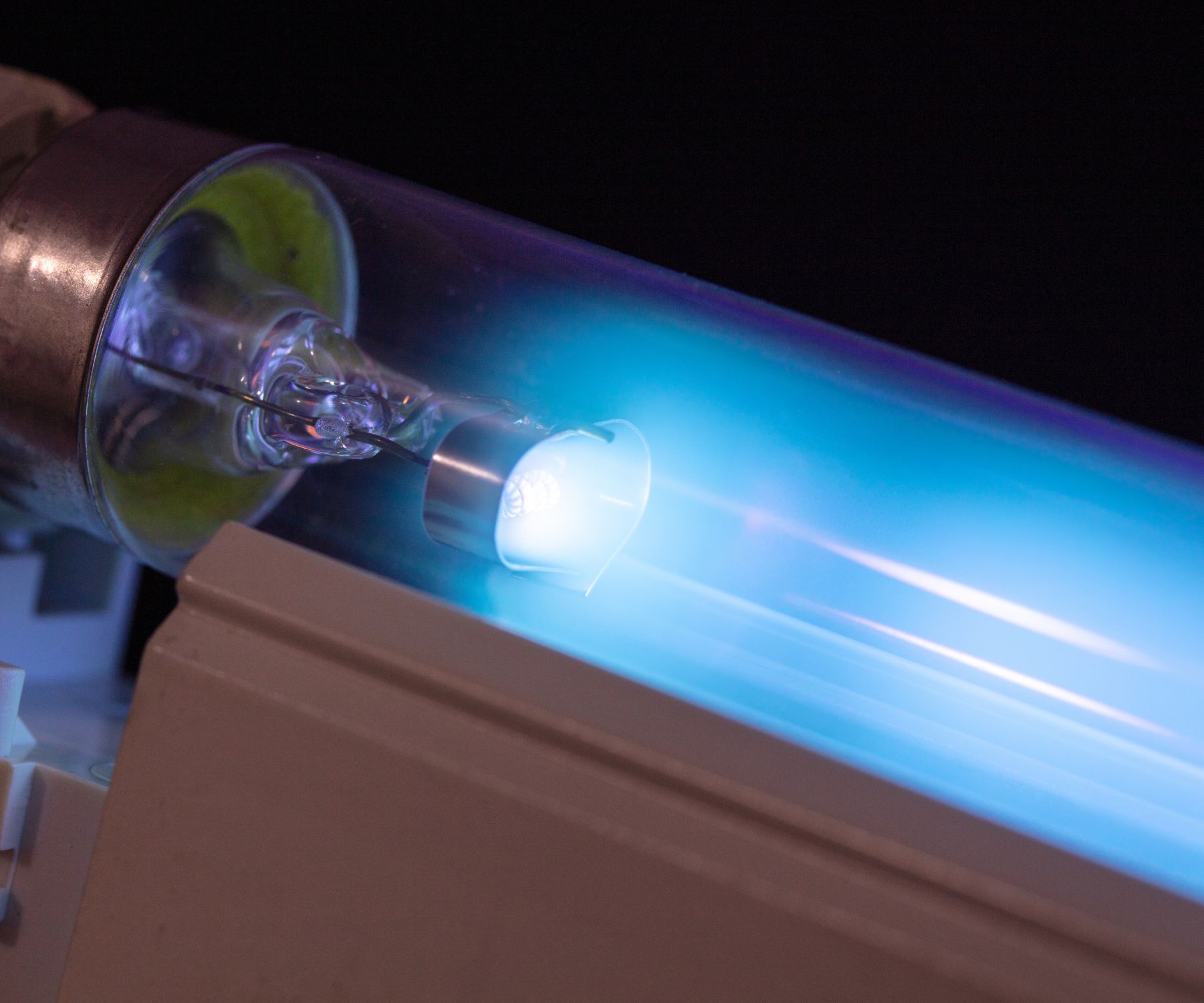
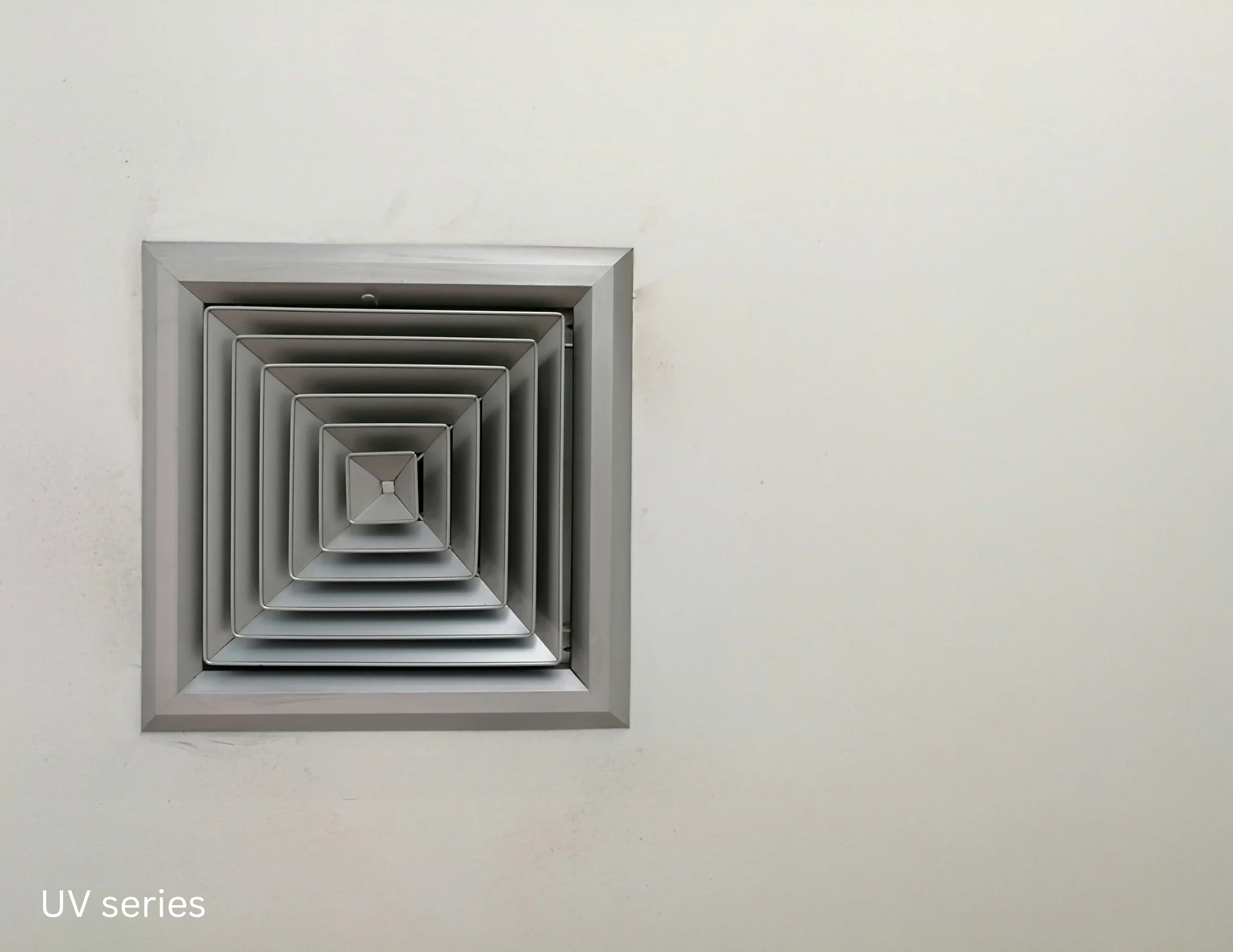

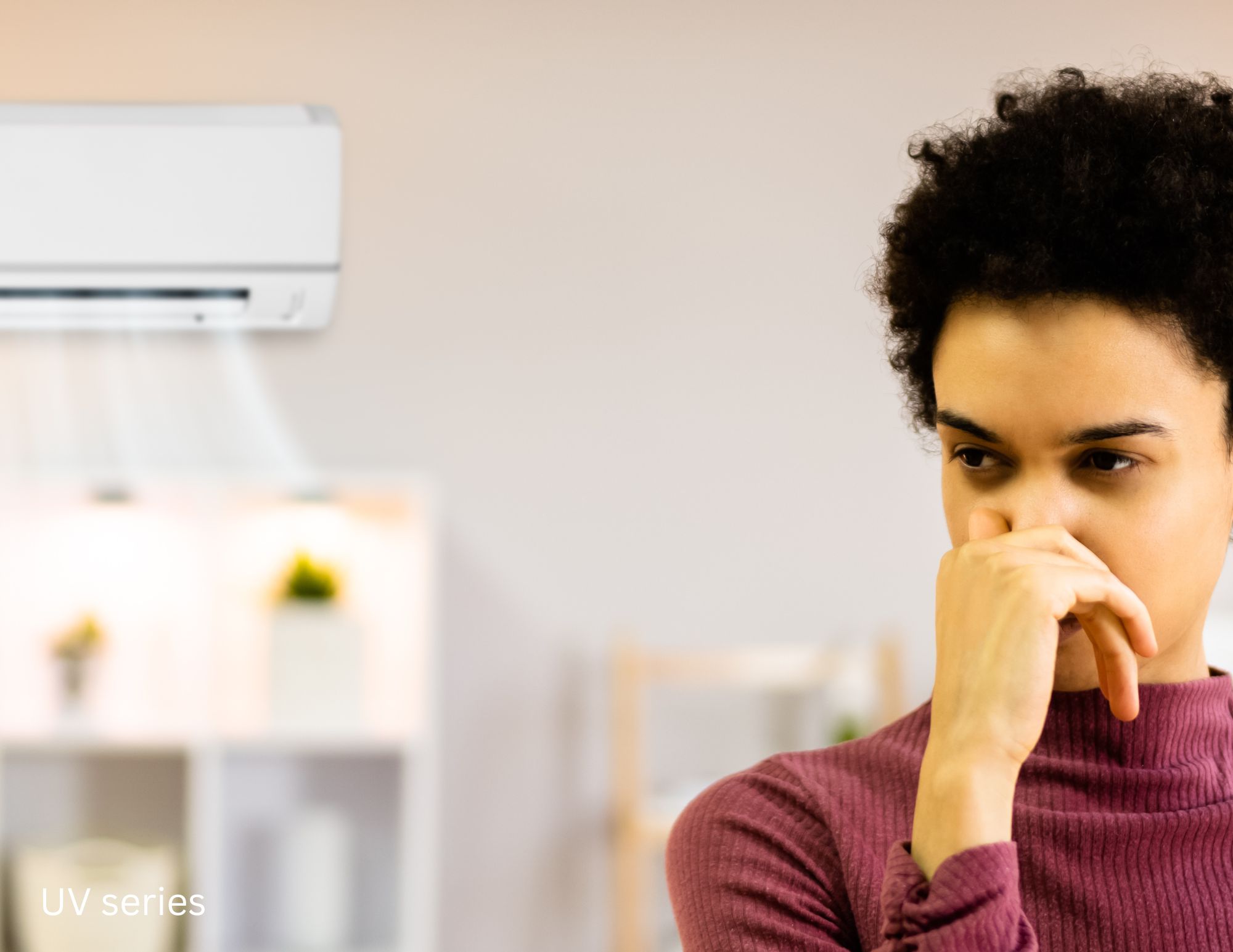
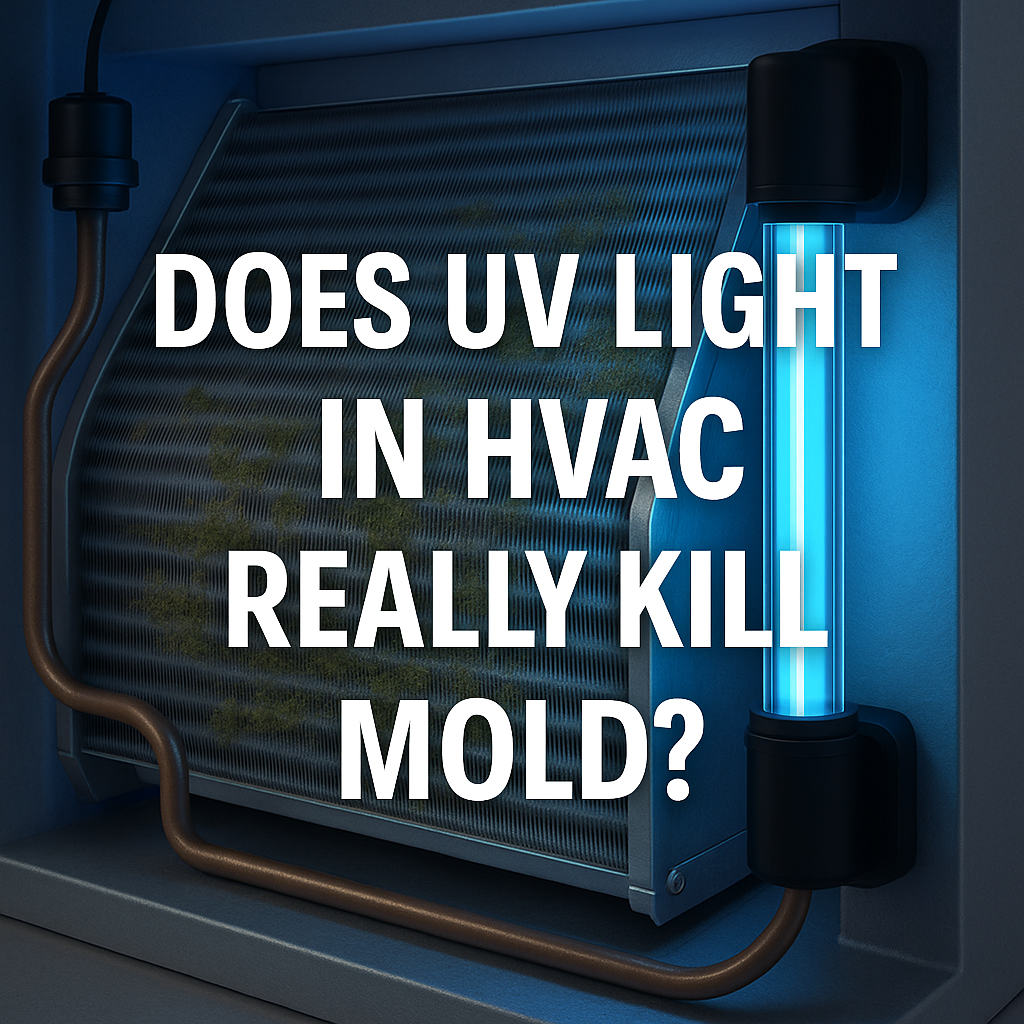
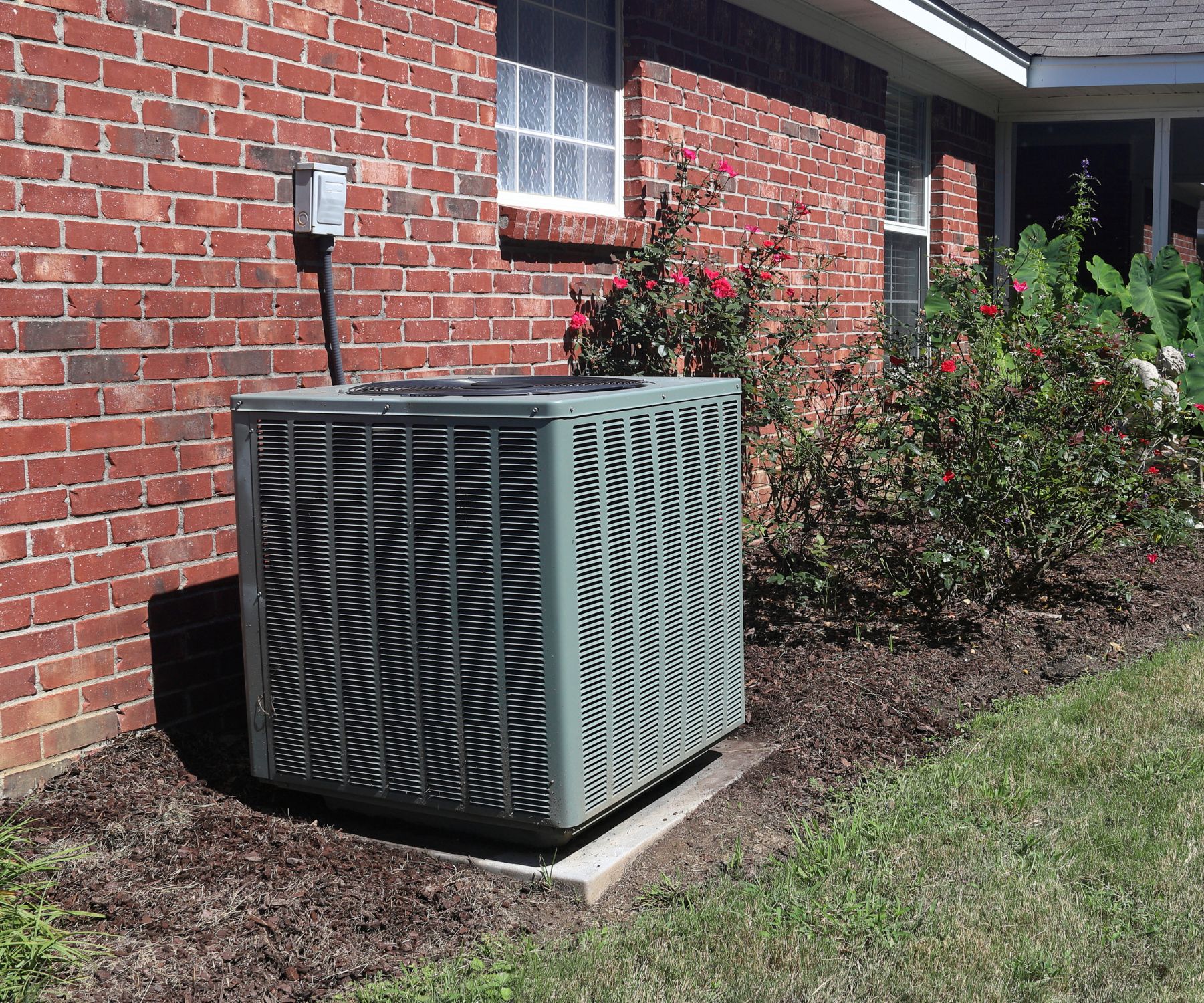
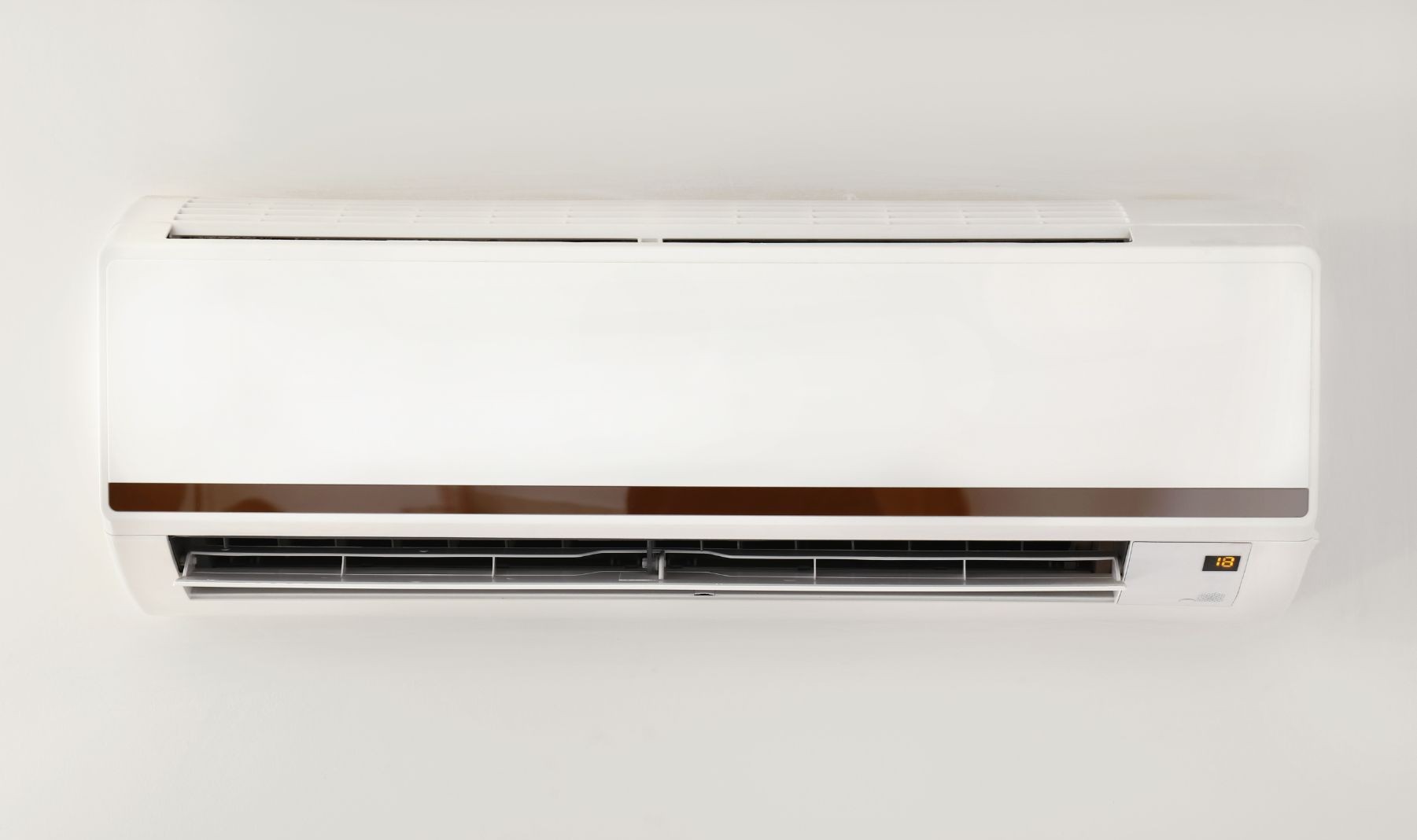
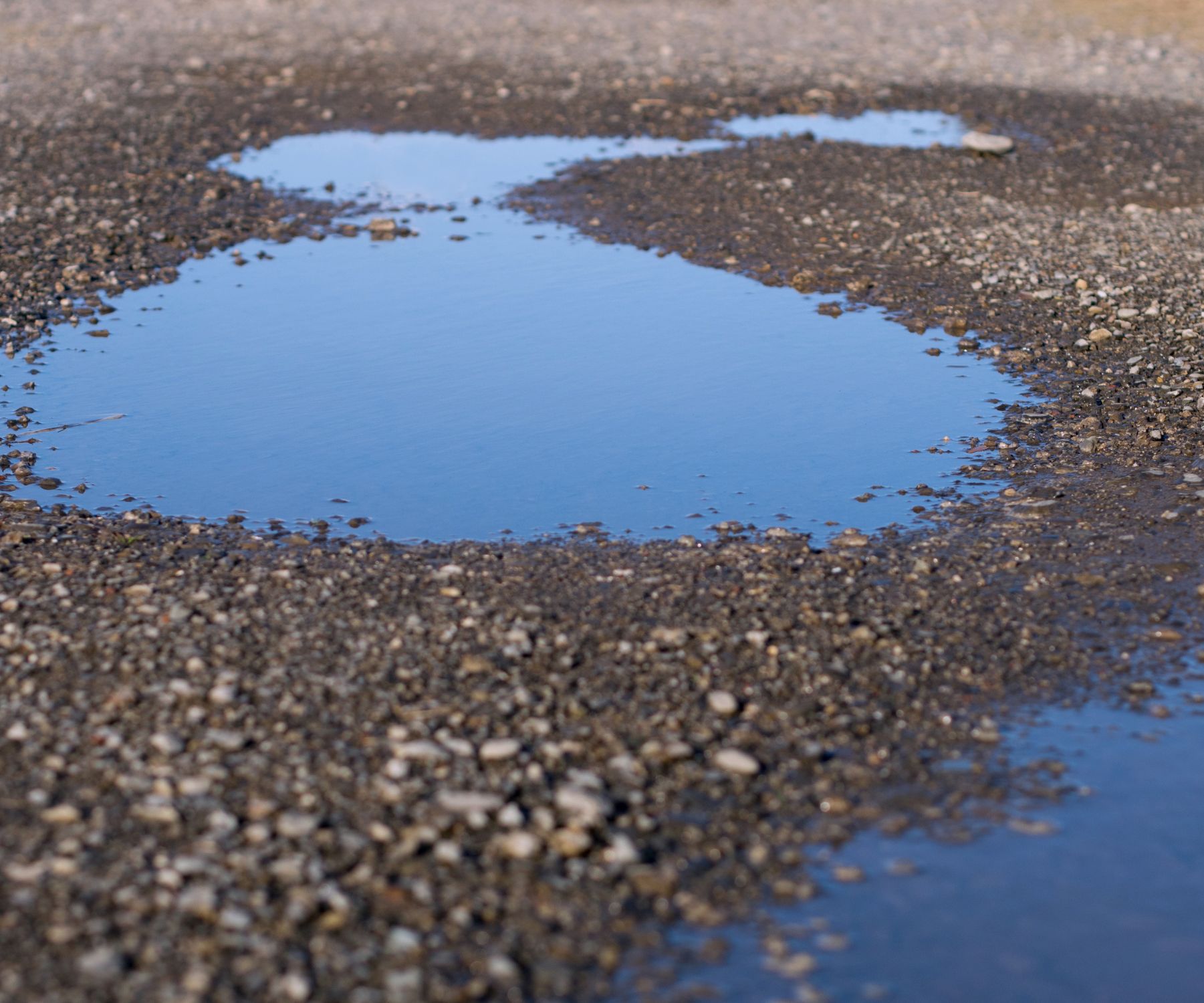



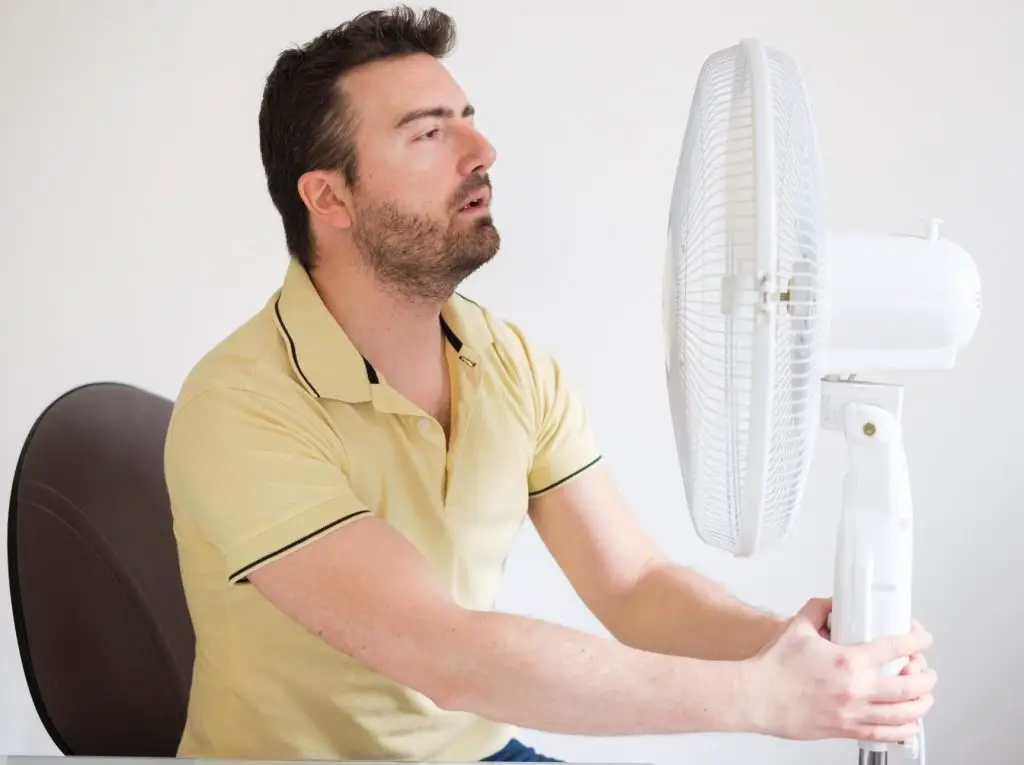 When the Attic is the source of the
When the Attic is the source of the 
 Air conditioner as a dehumidifier
Air conditioner as a dehumidifier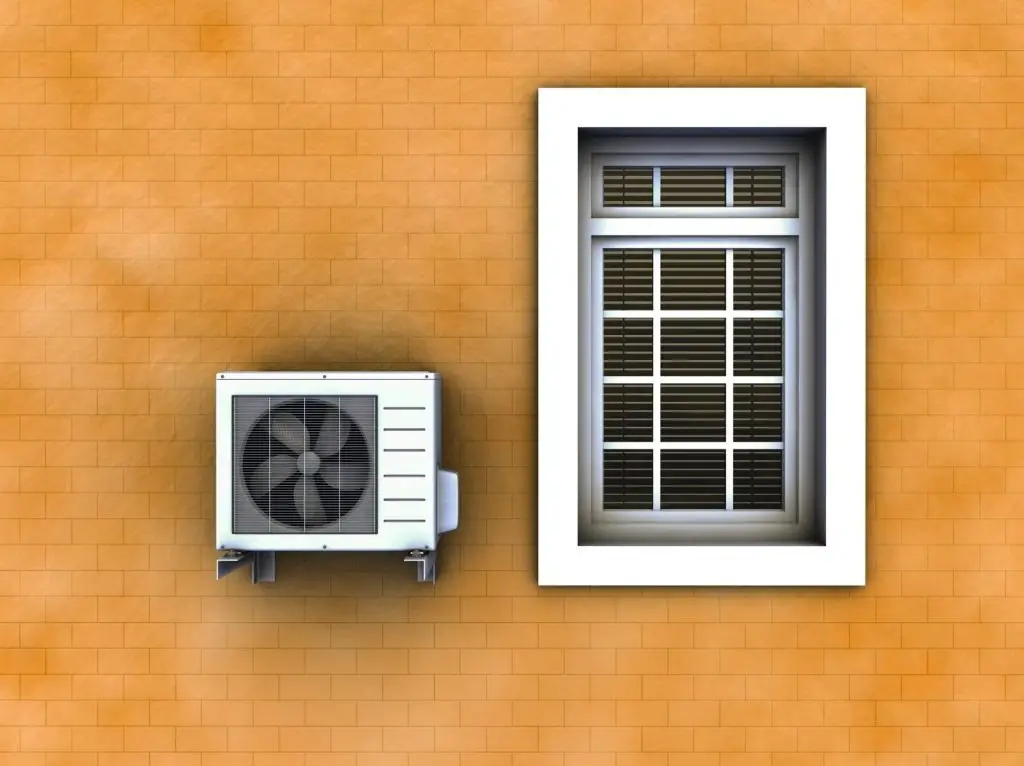 Recap
Recap
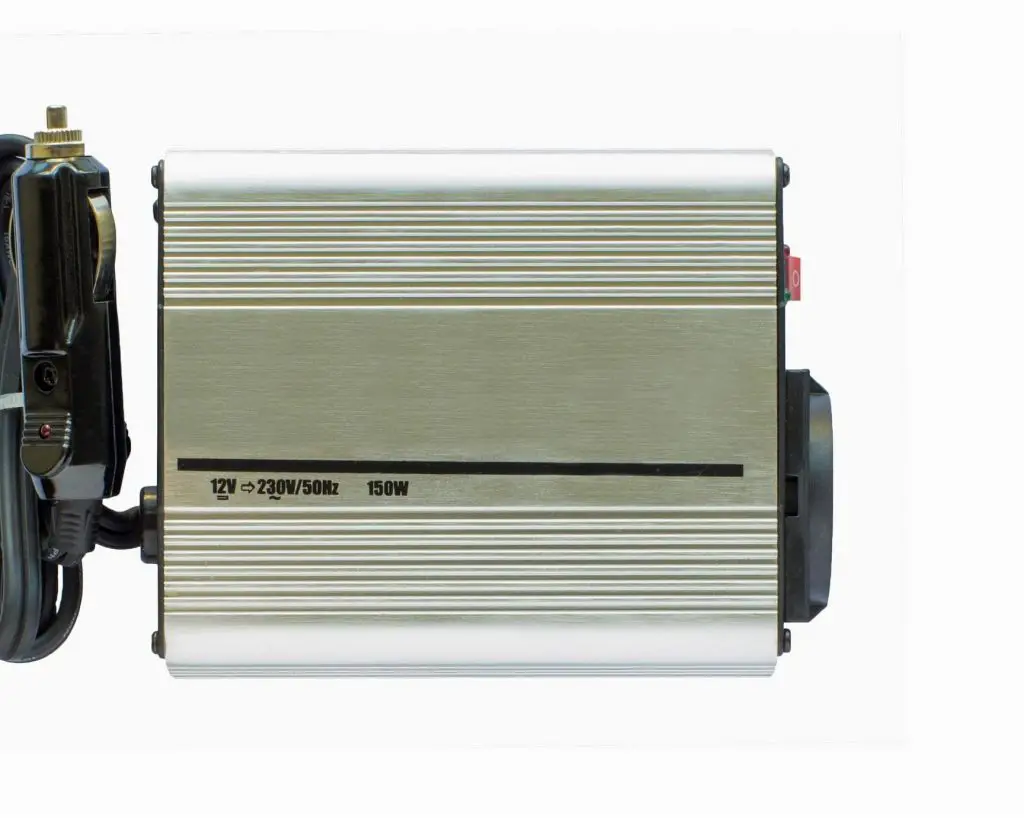
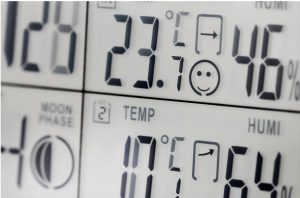 What’s the difference? A lot.
What’s the difference? A lot.
 How to tell if AC is Frozen?
How to tell if AC is Frozen?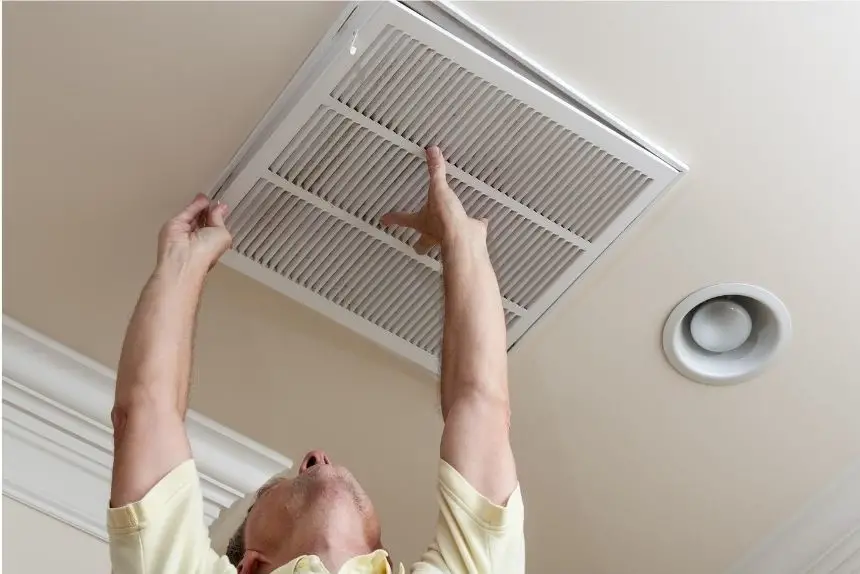 what causes an evaporator coil to freeze?
what causes an evaporator coil to freeze?
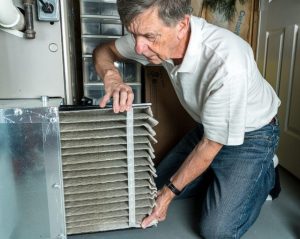 filter look like?
filter look like?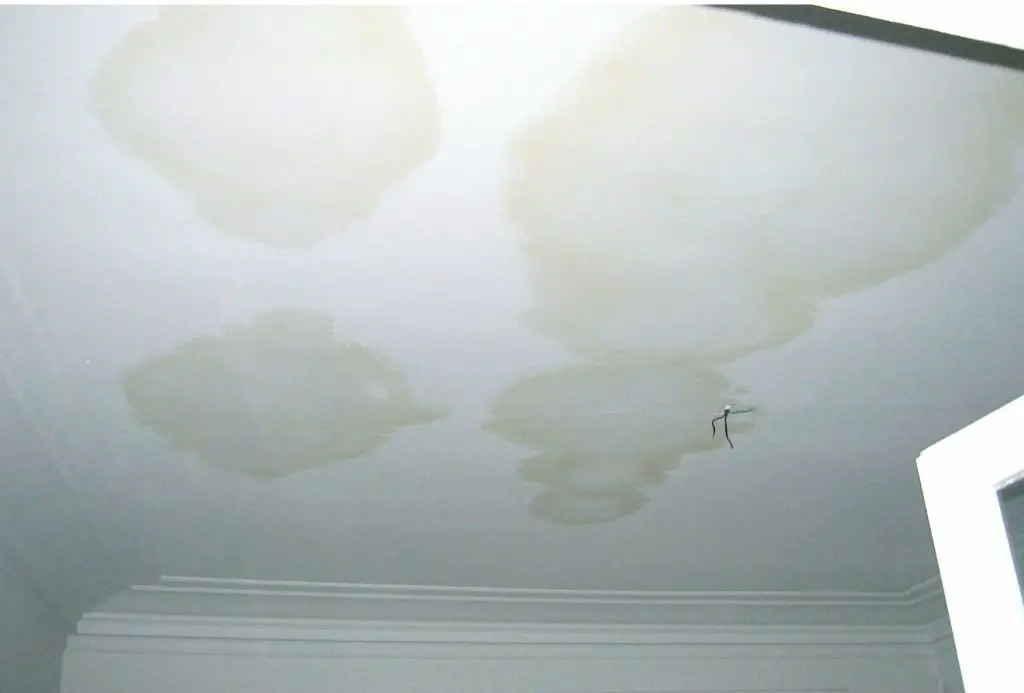 5. Low refrigerant
5. Low refrigerant exiting the AC.
exiting the AC.
 Window AC not dripping water
Window AC not dripping water
 2. Thermostat settings
2. Thermostat settings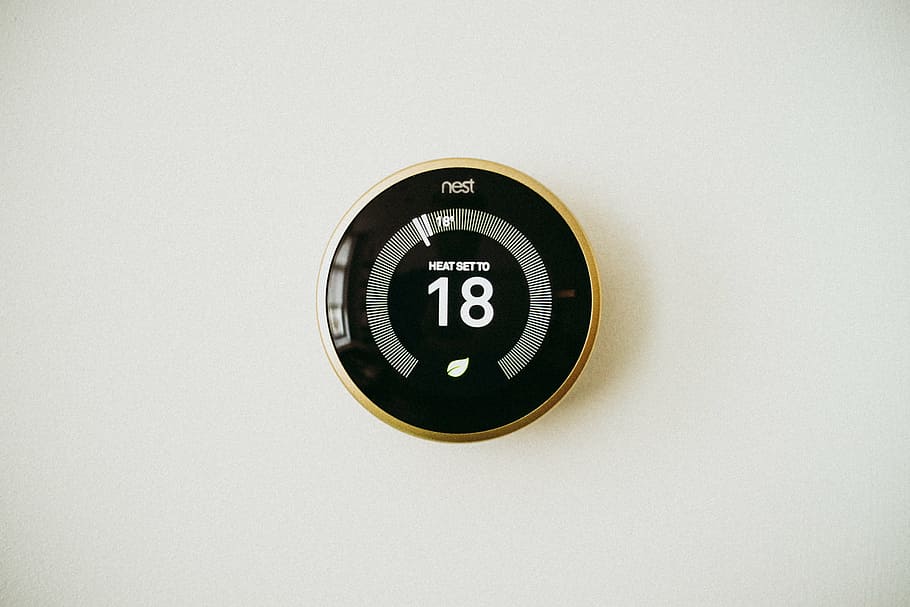 Why is your AC freezing over?
Why is your AC freezing over? Window air conditioner keeps turning off.
Window air conditioner keeps turning off.
 1. Increase the electricity bill.
1. Increase the electricity bill.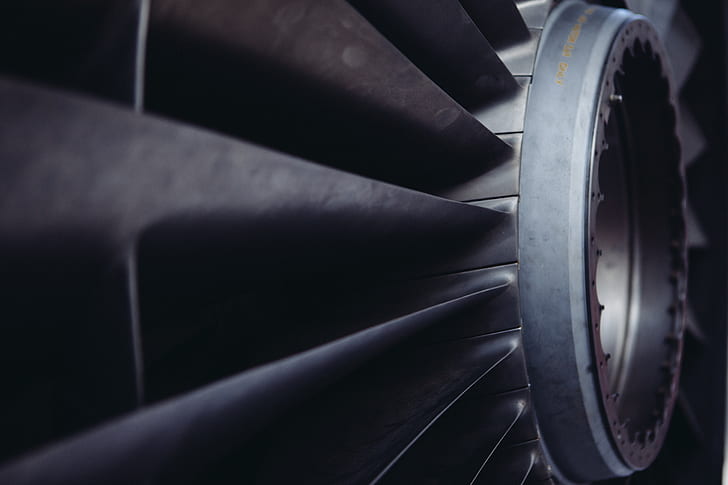

 Do I need an air purifier if I have AC?
Do I need an air purifier if I have AC? Air conditioner with air purifier?
Air conditioner with air purifier?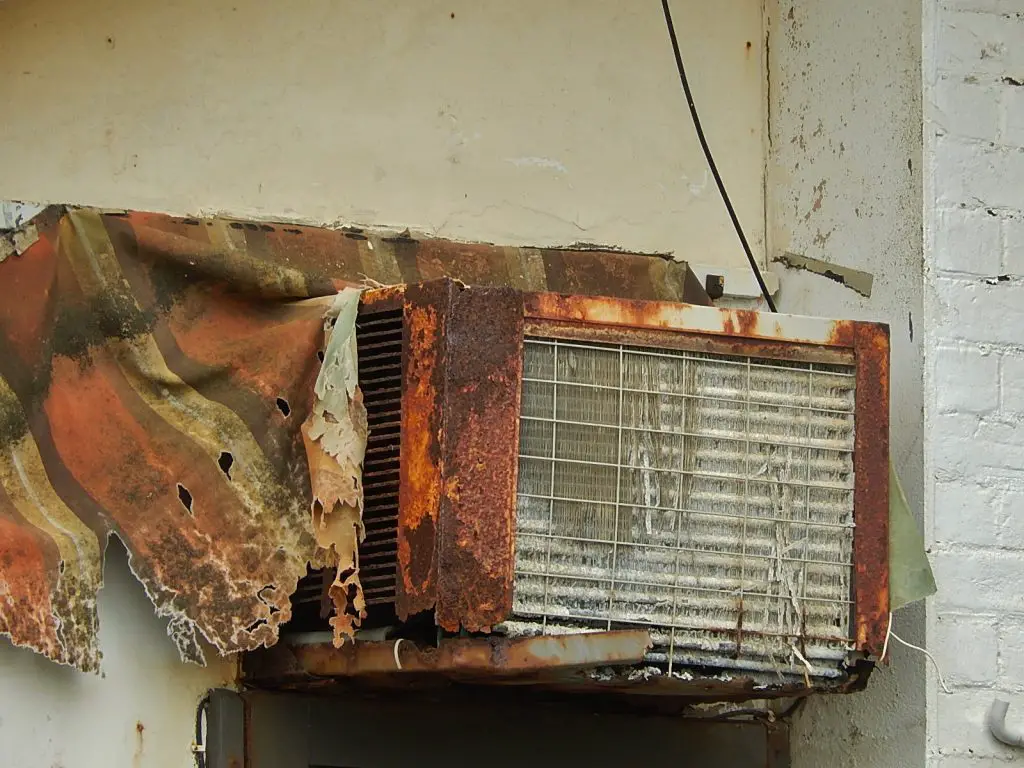 Summary.
Summary.